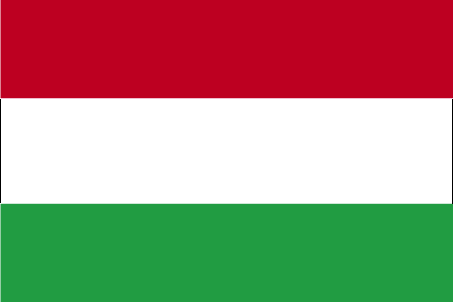Madagascar United States France Singapore Canada Ireland Reunion Germany Belgium Norway United Kingdom Finland Mauritius Switzerland Netherlands Martinique Russia Haiti Cote D'Ivoire Guadeloupe South Africa Morocco Italy Denmark Mayotte Cameroon Algeria Gabon Japan Senegal Spain Sweden Tunisia Indonesia Brazil Australia Poland French Polynesia Lebanon French Guiana India Comoros New Caledonia Nigeria Togo Bulgaria Democratic Republic of the Congo Seychelles China Kenya Pakistan Benin Turkey Mexico Greece Djibouti Luxembourg Uganda Egypt Philippines Austria Hong Kong Czech Republic Burkina Faso Equatorial Guinea Republic of the Congo Zimbabwe Saudi Arabia Romania Malaysia Portugal Taiwan Dominican Republic South Korea Thailand Niger United Arab Emirates Ethiopia Vietnam Ukraine Hungary Mali Rwanda Zambia Burundi Colombia Israel Botswana Kuwait Oman New Zealand Monaco Jordan Ecuador Ghana Argentina Lithuania Chile Serbia Qatar Kazakhstan Cambodia Croatia Peru Puerto Rico Chad Iraq Bangladesh Guinea South Sudan Mauritania Slovakia Saint Pierre and Miquelon Tanzania Fiji Bolivia Saint Barthelemy Syria Vanuatu Laos Slovenia North Macedonia Lesotho Jamaica Latvia Libya Angola Costa Rica Albania Saint Martin El Salvador Moldova Central African Republic Venezuela Honduras Isle of Man Armenia Panama Iceland Aland Islands Sri Lanka Uzbekistan Liberia Namibia Turks and Caicos Islands Macao Cyprus Cabo Verde Iran Mozambique Belarus Georgia Estonia Malawi Sudan Sao Tome and Principe Myanmar Guatemala Vatican City Montserrat Azerbaijan Paraguay Wallis and Futuna Yemen Trinidad and Tobago Hungary Flag Meaning & Details 19 VISITORS FROM HERE! Hungary Flag Flag Information three equal horizontal bands of red (top), white, and green the flag dates to the national movement of the 18th and 19th centuries, and fuses the medieval colors of the Hungarian coat of arms with the revolutionary tricolor form of the French flag folklore attributes virtues to the colors: red for strength, white for faithfulness, and green for hope alternatively, the red is seen as being for the blood spilled in defense of the land, white for freedom, and green for the pasturelands that make up so much of the country
Learn more about Hungary » CIA - The World Factbook
 Previous Country | Next Country
Previous Country | Next Country  » Back to Flag Counter Overview
» Back to Flag Counter Overview
 Previous Country | Next Country
Previous Country | Next Country  » Back to Flag Counter Overview
» Back to Flag Counter Overview